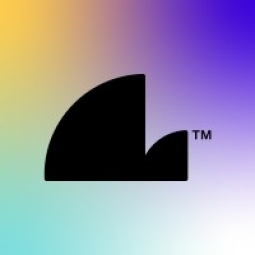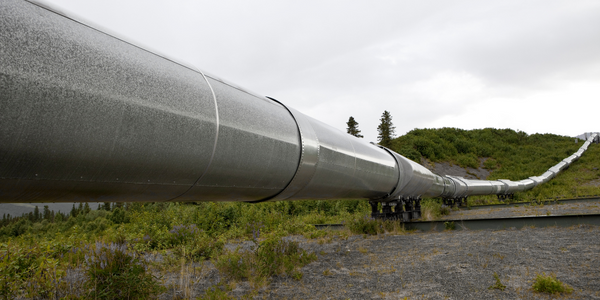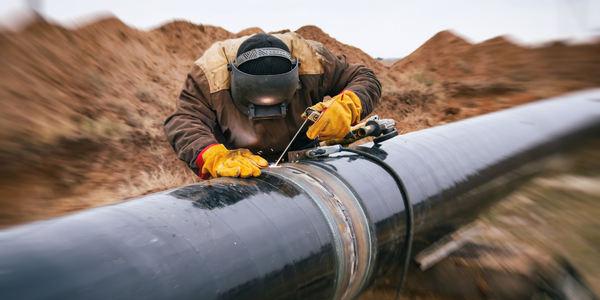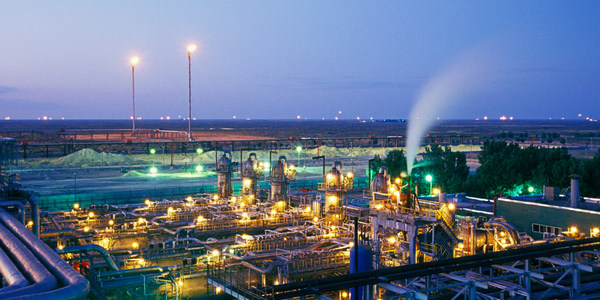Technology Category
- Application Infrastructure & Middleware - Event-Driven Application
- Sensors - Gas Sensors
Applicable Industries
- Oil & Gas
Applicable Functions
- Product Research & Development
About The Customer
Kerr-McGee Corporation is an independent energy and chemical company based in Oklahoma City. The company, valued at $14 billion, is a recognized leader in oil and natural gas exploration, with major production facilities in the US, Mexico, UK, and China. Kerr-McGee operates on six continents and serves customers in over 100 countries. In addition to its oil and gas operations, the company is the third-largest producer of titanium dioxide pigment, a preferred whitener for consumer products worldwide. The company's corporate design team, led by graphics supervisor Anthony Mata, is based in Houston, TX.
The Challenge
Kerr-McGee Corporation, a $14 billion independent energy and chemical company, is a global leader in oil and natural gas exploration. The company operates on six continents and serves customers in over 100 countries. The engineers at Kerr-McGee receive large amounts of geological data from surveys conducted worldwide. The challenge lies in converting this raw data into precise and useful geological maps. The responsibility of creating these maps falls on the shoulders of graphics supervisor Anthony Mata and his team of designers. The team needed a reliable, flexible, and efficient tool to handle the vast and diverse geological data and transform it into accurate maps. The tool also needed to be capable of exporting the maps in various formats and printing them directly to large-format plotters.
The Solution
The Kerr-McGee corporate design team, based in Houston, TX, chose CorelDRAW Graphics Suite 12 to tackle the challenge. CorelDRAW is known for its flexibility in handling different file formats, with the ability to import around 75 different formats and export to over 50. This feature was crucial for the team as it allowed them to work with the diverse geological data they received. The robust print engine of CorelDRAW made it easy to print the maps directly to large-format 36" and 60" plotters. In addition to creating geological maps, the team also used CorelDRAW for more mainstream applications. The team found CorelDRAW to be more preferred than other graphic design applications. CorelDRAW's PowerClip feature was particularly useful for creating images and maps for corporate PowerPoint presentations. The team could easily convert the CorelDRAW files to PDF using its internal PDF engine, which was beneficial when distributing documents to external partners.
Operational Impact
Quantitative Benefit

Case Study missing?
Start adding your own!
Register with your work email and create a new case study profile for your business.
Related Case Studies.

Case Study
Taking Oil and Gas Exploration to the Next Level
DownUnder GeoSolutions (DUG) wanted to increase computing performance by 5 to 10 times to improve seismic processing. The solution must build on current architecture software investments without sacrificing existing software and scale computing without scaling IT infrastructure costs.

Case Study
Remote Wellhead Monitoring
Each wellhead was equipped with various sensors and meters that needed to be monitored and controlled from a central HMI, often miles away from the assets in the field. Redundant solar and wind generators were installed at each wellhead to support the electrical needs of the pumpstations, temperature meters, cameras, and cellular modules. In addition to asset management and remote control capabilities, data logging for remote surveillance and alarm notifications was a key demand from the customer. Terra Ferma’s solution needed to be power efficient, reliable, and capable of supporting high-bandwidth data-feeds. They needed a multi-link cellular connection to a central server that sustained reliable and redundant monitoring and control of flow meters, temperature sensors, power supply, and event-logging; including video and image files. This open-standard network needed to interface with the existing SCADA and proprietary network management software.
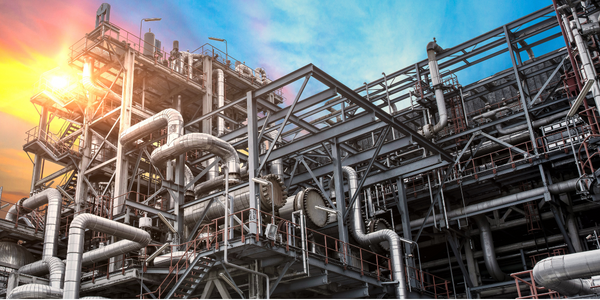
Case Study
Refinery Saves Over $700,000 with Smart Wireless
One of the largest petroleum refineries in the world is equipped to refine various types of crude oil and manufacture various grades of fuel from motor gasoline to Aviation Turbine Fuel. Due to wear and tear, eight hydrogen valves in each refinery were leaking, and each cost $1800 per ton of hydrogen vented. The plant also had leakage on nearly 30 flare control hydrocarbon valves. The refinery wanted a continuous, online monitoring system that could catch leaks early, minimize hydrogen and hydrocarbon production losses, and improve safety for maintenance.




